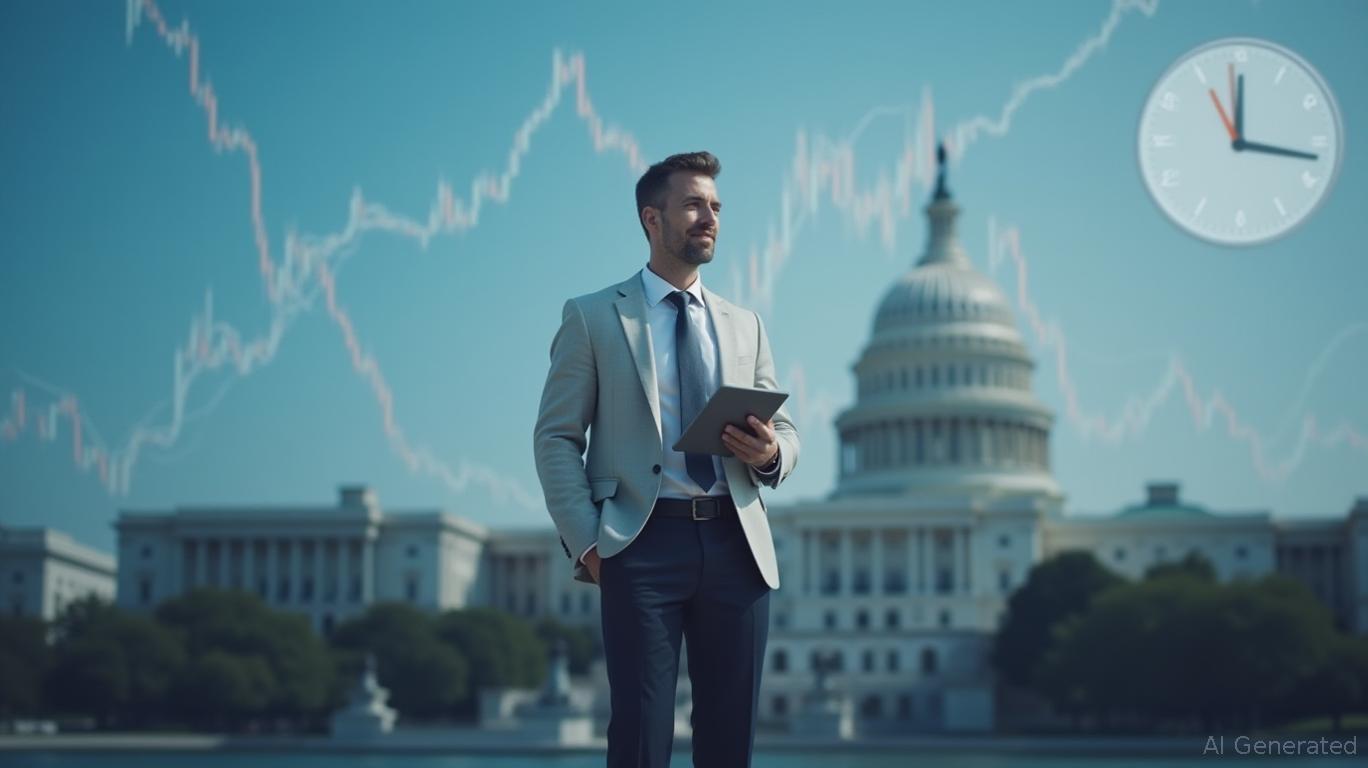Market Close — Stocks Rise as Shutdown Risk Looms; Dow Gains Nearly 300 Points
U.S. stocks finished higher Friday, with major indexes shaking off Washington jitters as investors headed into a weekend that could bring renewed budget brinkmanship. The Dow Jones Industrial Average

U.S. stocks finished higher Friday, with major indexes shaking off Washington jitters as investors headed into a weekend that could bring renewed budget brinkmanship. The Dow Jones Industrial Average rose 299.97 points, or 0.65%, to 46,247.3. The S&P 500 added 39.03, or 0.59%, to 6,643.75, while the Nasdaq Composite climbed 99.37, or 0.44%, to 22,484.1. Small-caps outperformed, with the Russell 2000 ETF up 0.87% to 241.36, signaling broader risk appetite late in the session.
The advance came despite a steadily approaching federal funding deadline on Sept. 30. Historical context from BofA Global Research, citing the Congressional Research Service, notes there have been 20 shutdowns since 1977, averaging eight days in length. BofA estimates the growth drag from a full shutdown at roughly 0.1 percentage point of GDP per week, an effect that is typically reversed in subsequent quarters as operations resume. Essential services continue during shutdowns, while non-essential functions pause and a portion of federal workers are furloughed, according to the same analysis.
Friday’s gains were broad, with cyclical and growth shares participating as investors balanced headline risk against resilient domestic demand and the prospect that any shutdown-related hit to output would likely be temporary. The Dow’s near-300-point rise underscored support for industrials and financials that are sensitive to the economic outlook, while the S&P 500’s 0.59% climb kept the large-cap benchmark within reach of recent highs. The Nasdaq Composite’s 0.44% advance reflected steady interest in megacap technology, though leadership rotated toward smaller names by the close.
With the fiscal deadline now days away, investors will monitor weekend negotiations for signs of a short-term funding patch. Historically, market reactions to shutdowns have depended on duration and knock-on effects to confidence and spending. For portfolio managers, the calculus often comes down to whether temporary disruptions alter earnings trajectories or simply delay activity into future periods—an outcome consistent with BofA Global Research’s view that the GDP drag is later recouped.
Disclaimer: The views in this article are from the original Creator and do not represent the views or position of Hawk Insight. The content of the article is for reference, communication and learning only, and does not constitute investment advice. If it involves copyright issues, please contact us for deletion.